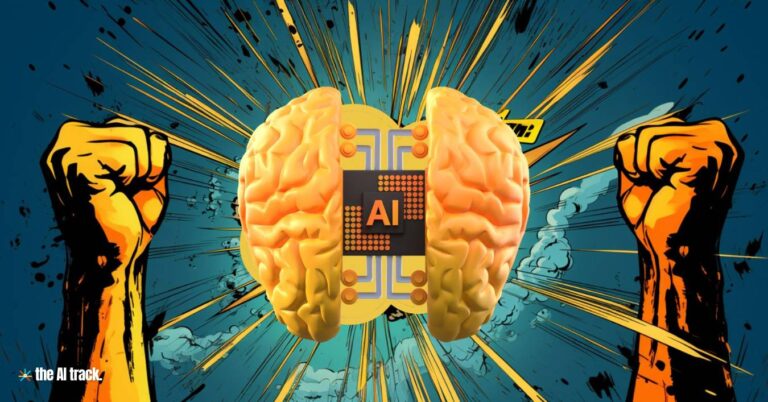OpenAI has announced its latest breakthrough in artificial intelligence: the o3 reasoning models. These advancements signify a leap forward in AI capabilities, offering enhanced problem-solving performance across diverse domains.

OpenAI unveils o3 reasoning models – Key Points
Key Highlights:
Model Release Timeline:
- o3 Mini: Set for public release by late January 2025.
- Full o3 Model: Scheduled to follow shortly after.
- These models build upon the o1 series (launched September 2024), introducing significant improvements in reasoning tasks, science, coding, and mathematics.
Naming Strategy:
- Avoiding “o2” due to potential trademark conflicts with UK telecom provider O2.
- CEO Sam Altman humorously noted OpenAI’s “tradition of being bad at names.”
Testing and Safety:
- OpenAI has opened applications for external researchers to test the o3 models.
- The external application window closes on January 10, 2024.
- For the first time, OpenAI is involving external researchers in its safety evaluation process, underscoring its commitment to transparency and ethical AI deployment.
- “Deliberative alignment” ensures models plan responses methodically, reducing risks.
Performance Breakthroughs:
The o3 series achieved record-breaking results across critical AI benchmarks:
- ARC-AGI Benchmark:
- 75.7% in low-compute tests.
- 87.5% in high-compute tests (surpassing the 85% human performance threshold).
- Frontier Math Benchmark:
- Solved 25.2% of problems—no prior model exceeded 2%.
- American Invitational Mathematics Exam (AIME):
- Solved 96.7% of problems, narrowly missing a perfect score.
- GPQA Diamond (Graduate-Level STEM):
- Achieved 87.7%, outperforming the 70% expert average.
- Software Development Accuracy:
- Reached 71.7%—a 20% improvement over o1.
- Competitive Programming (Codeforces):
- Elo score of 2727, surpassing OpenAI’s Chief Scientist (score: 2665).
- ARC-AGI Benchmark:
Technological Advancements:
- Simulated Reasoning:
- Employs “private chain of thought” for step-by-step reasoning akin to human deliberation.
- François Chollet, creator of the ARC benchmark, praised o3 reasoning models as a “step-function increase in AI capabilities,” likening its approach to DeepMind’s AlphaZero chess program, which uses real-time program creation to tackle unfamiliar challenges. This approach allows o3 reasoning models to create real-time solutions for unfamiliar tasks.
- Token Capacity:
- o3 reasoning models processes up to 33 million tokens per task, enabling it to methodically explore complex problem spaces but requiring substantial compute power, making it costlier to operate.
- Compute Costs:
- High processing requirements raise operational expenses, limiting accessibility.
Industry Landscape and Rivalry
- Competition with Google:
- Google’s Gemini 2.0 recently launched with advanced “Flash Thinking” capabilities, scoring highly on SWE-Bench (agentic reasoning).
- Sundar Pichai described it as their “most thoughtful model yet.”
- Funding and Valuation:
- OpenAI secured $6.6 billion in October 2024, achieving a valuation of $157 billion.
- Sam Altman highlighted the significance of deliberative AI, framing o3 as the start of a new era for reasoning-focused AI, stating, “We view this as the beginning of the next phase of AI, where models perform increasingly complex tasks requiring reasoning.”
Collaboration and Trust – Significance and Broader Implications:
OpenAI has taken a significant step toward enhancing transparency and fostering collaboration by inviting external researchers to participate in the testing phase of the o3 models. This initiative is a first for OpenAI and underscores its commitment to building trust and credibility within the AI community and the public. By involving external experts, OpenAI aims to:
- Ensure Comprehensive Evaluation: Broader testing by researchers with diverse expertise helps identify potential biases, weaknesses, or risks in the model that internal teams might overlook.
- Promote Transparency: OpenAI’s openness about the testing process reflects its dedication to ethical AI development and responsible deployment.
- Encourage Community Feedback: Collaboration with independent researchers strengthens the AI ecosystem by incorporating varied perspectives and insights.
Sam Altman, OpenAI’s CEO, emphasized that involving external testers aligns with the company’s mission to democratize AI, ensuring safer and more reliable models for all users.
Operational Challenges
While the o3 reasoning models set new benchmarks in reasoning, their operational demands present significant challenges:
- High Computational Costs: Processing up to 33 million tokens per task, o3 requires substantial computational resources. This demand increases operational expenses, potentially limiting its accessibility to smaller organizations or individual users.
- Scalability Concerns: The cost-intensive nature of the o3 reasoning models might restrict OpenAI’s ability to scale their deployment widely without a sustainable pricing structure.
- Premium Service Model: To address these challenges, OpenAI may introduce premium tiers for access to the o3 reasoning models, balancing cost with the quality of service offered. Such a model could ensure affordability for high-performance users while maintaining access to simpler versions for general users.
OpenAI’s approach to addressing these hurdles will likely shape how AI capabilities are democratized while ensuring financial viability for ongoing innovation.
This ultimate collection of tried and tested prompts will help you unlock maximum productivity from ChatGPT and AI bots for common tasks.
Read a comprehensive monthly roundup of the latest AI news!







